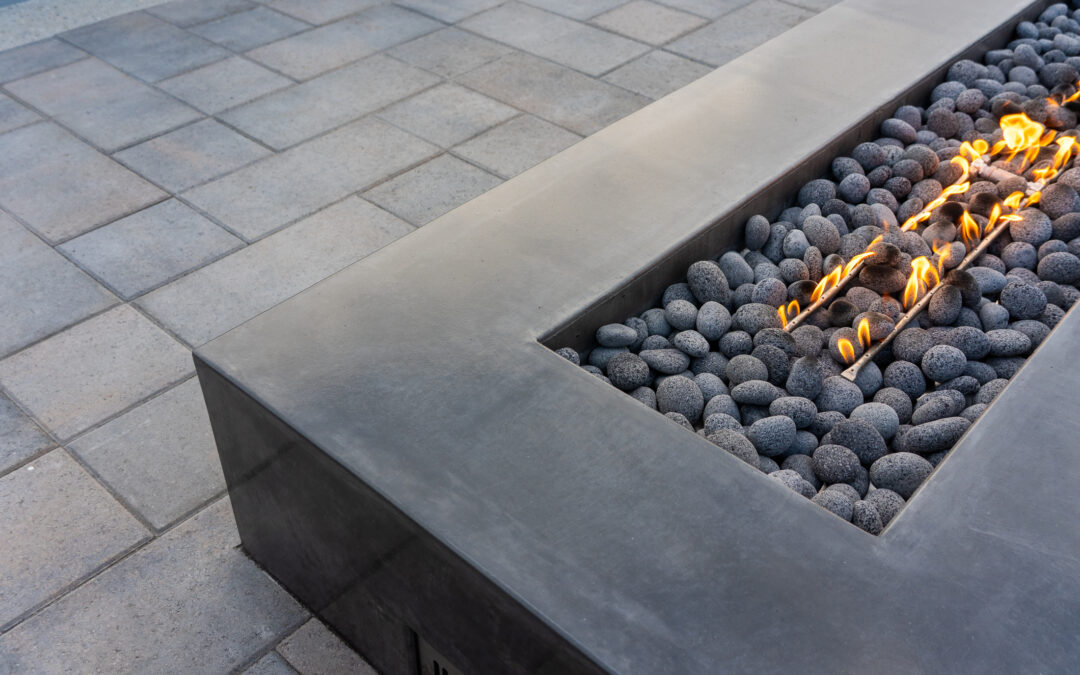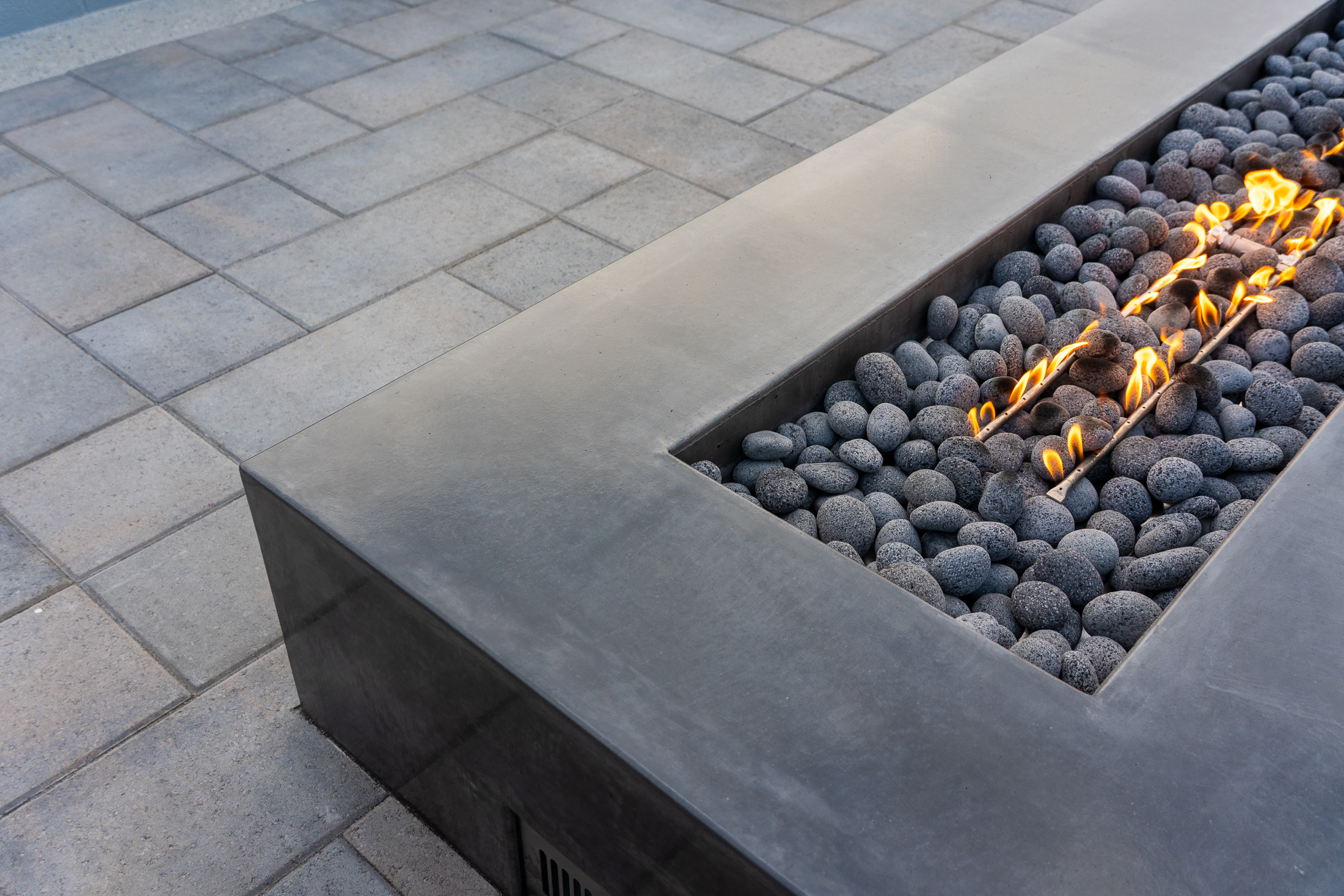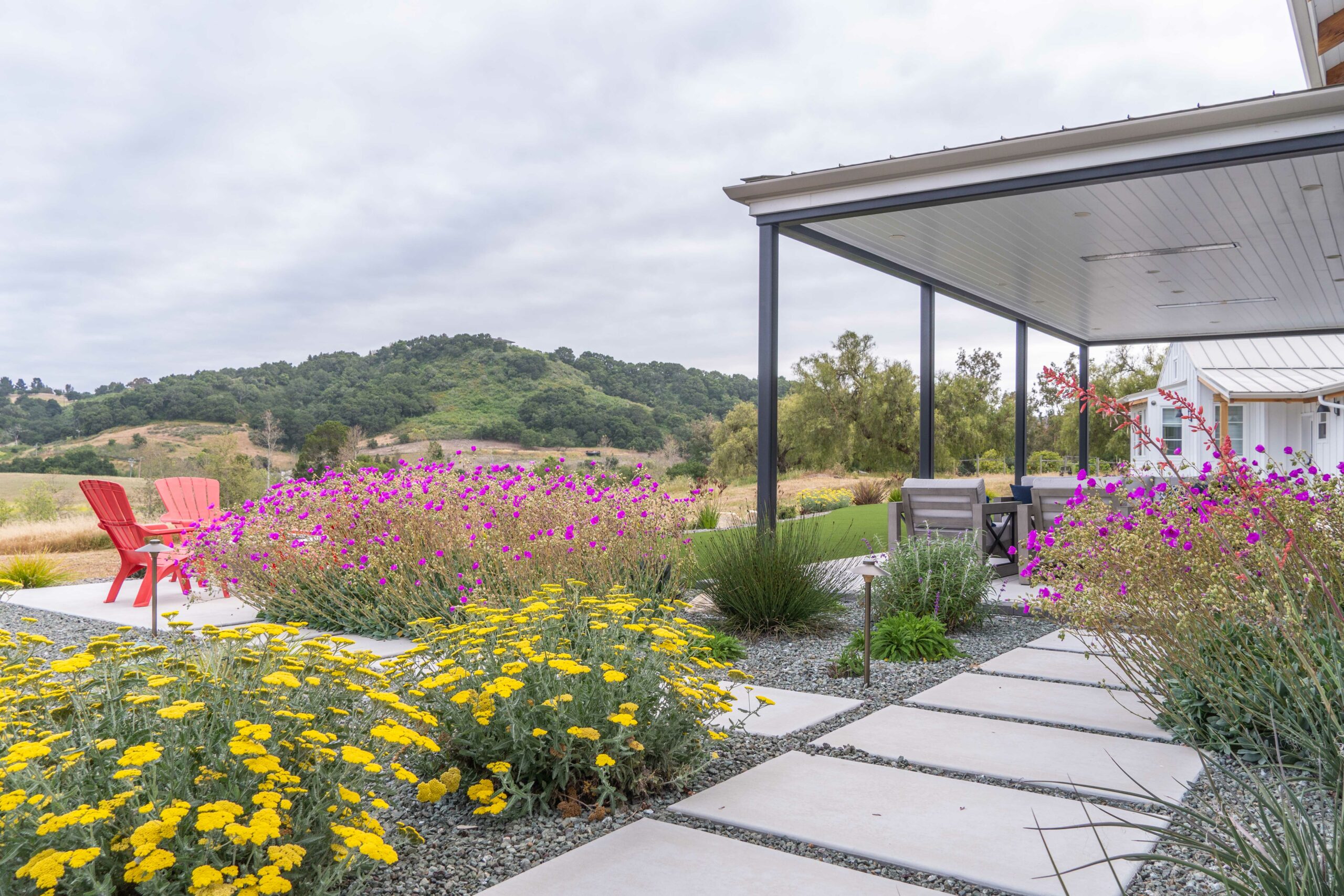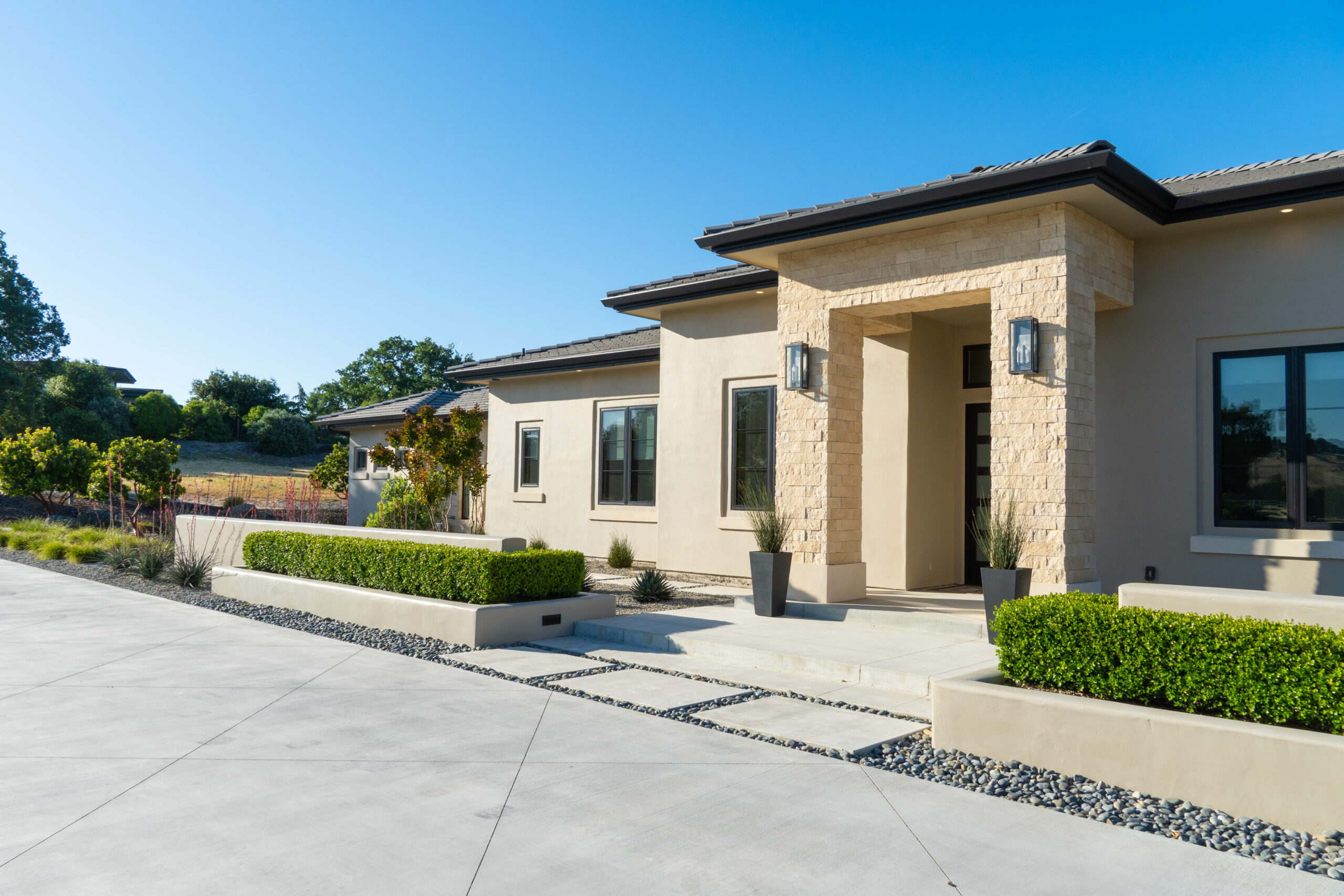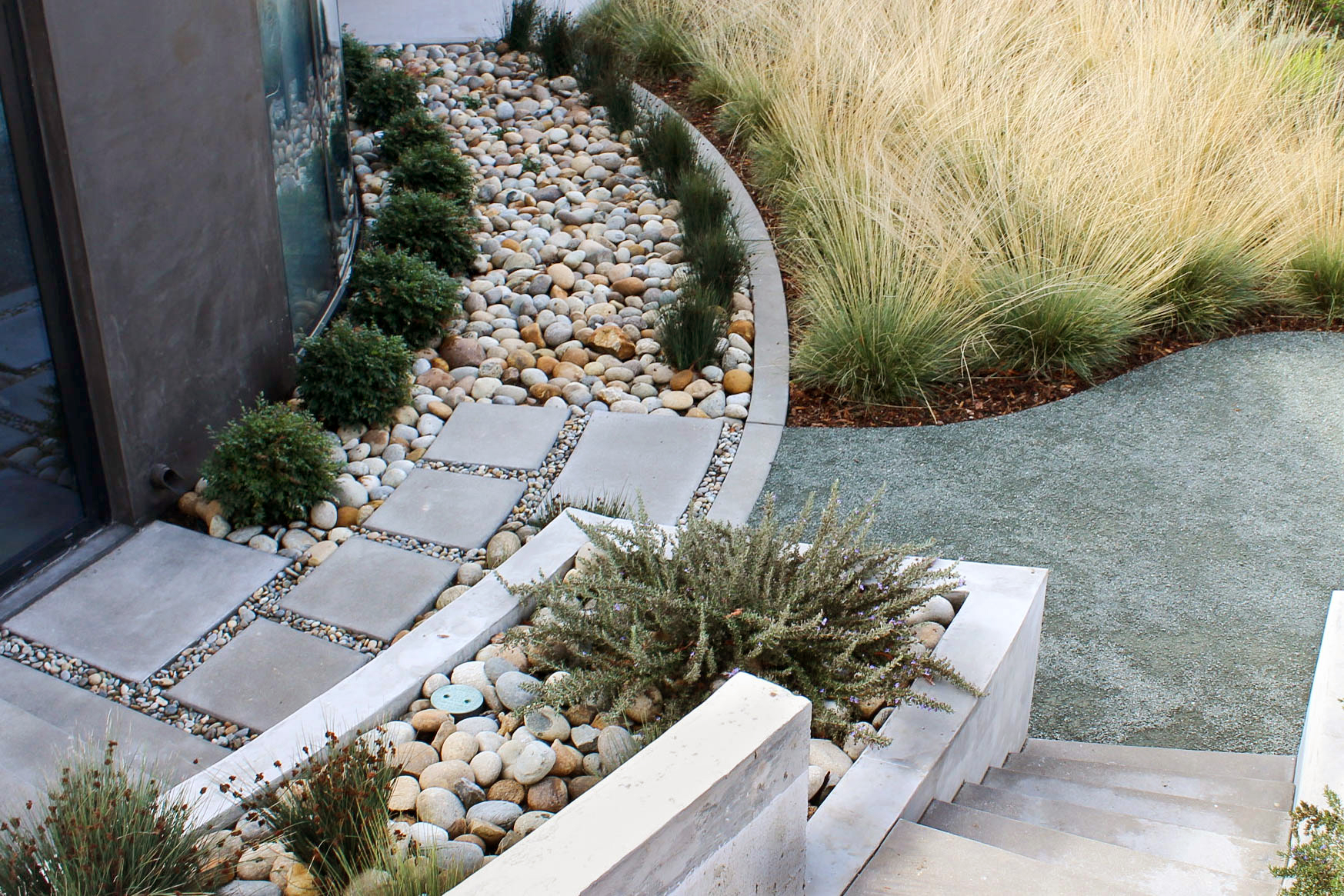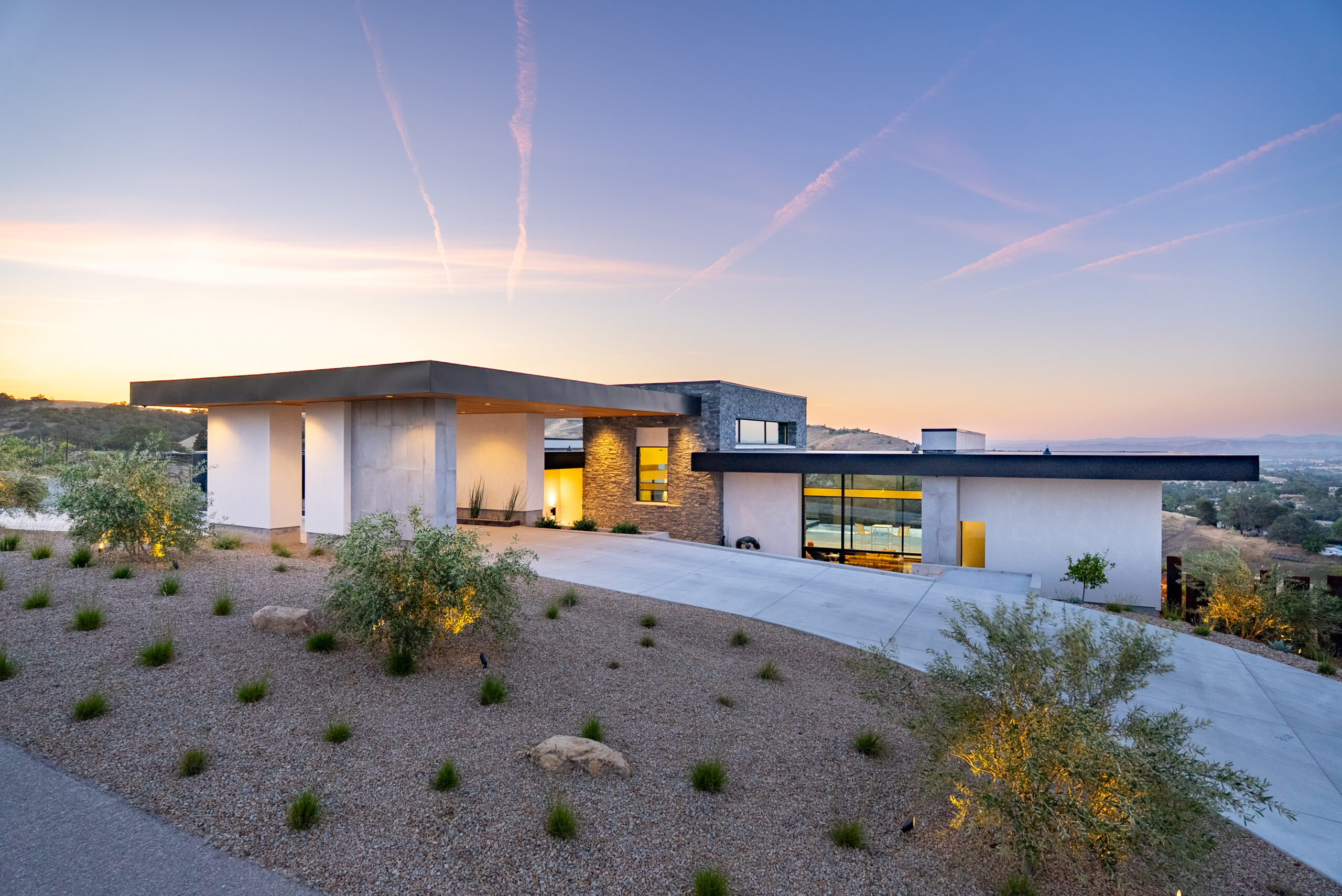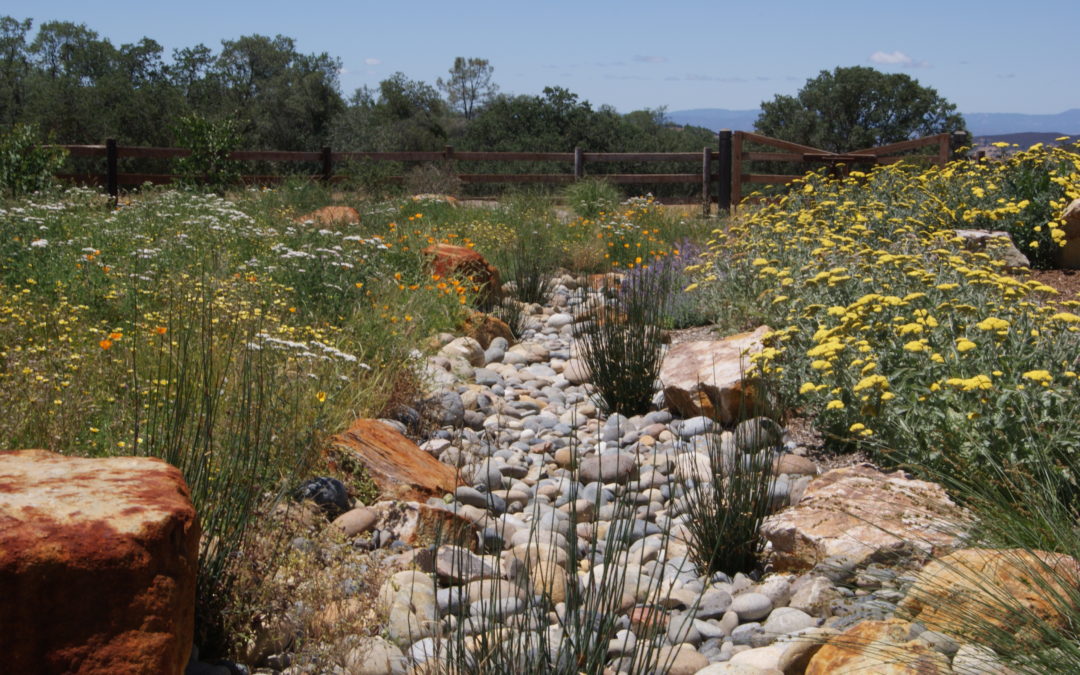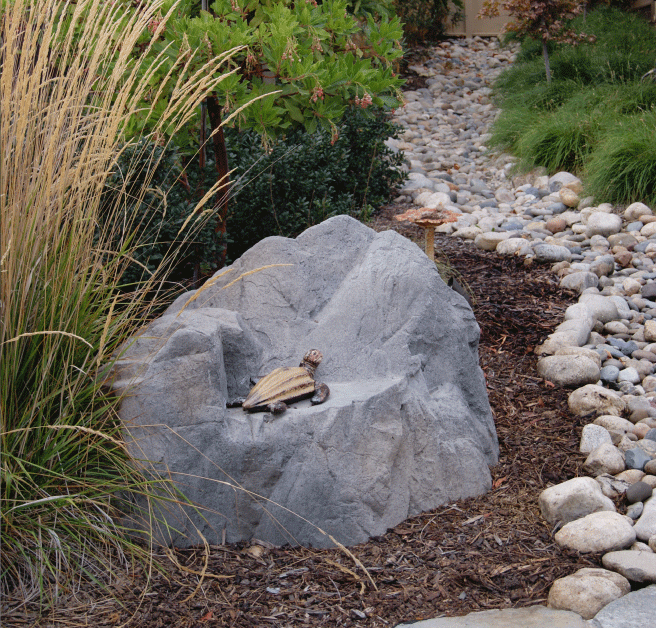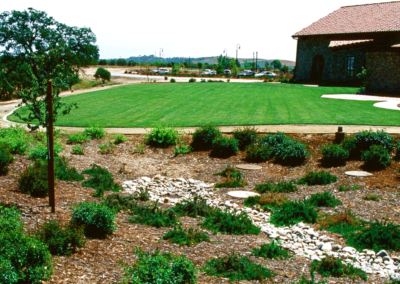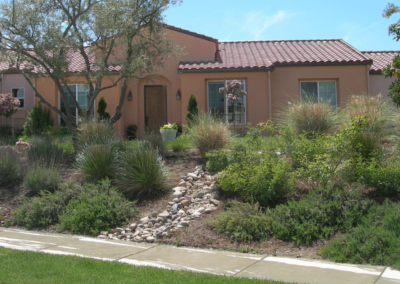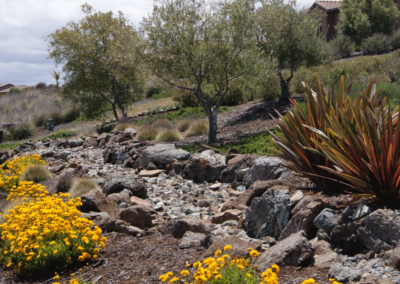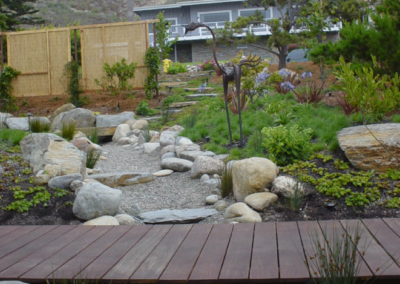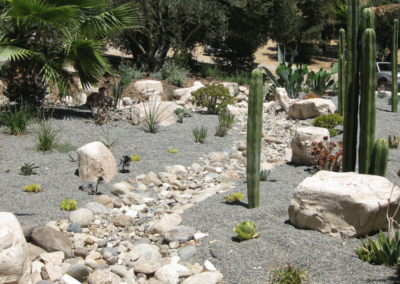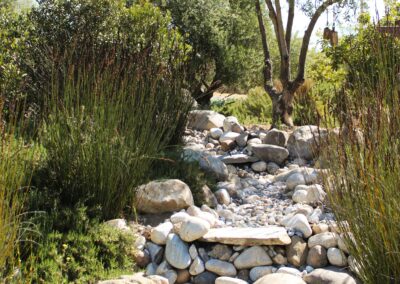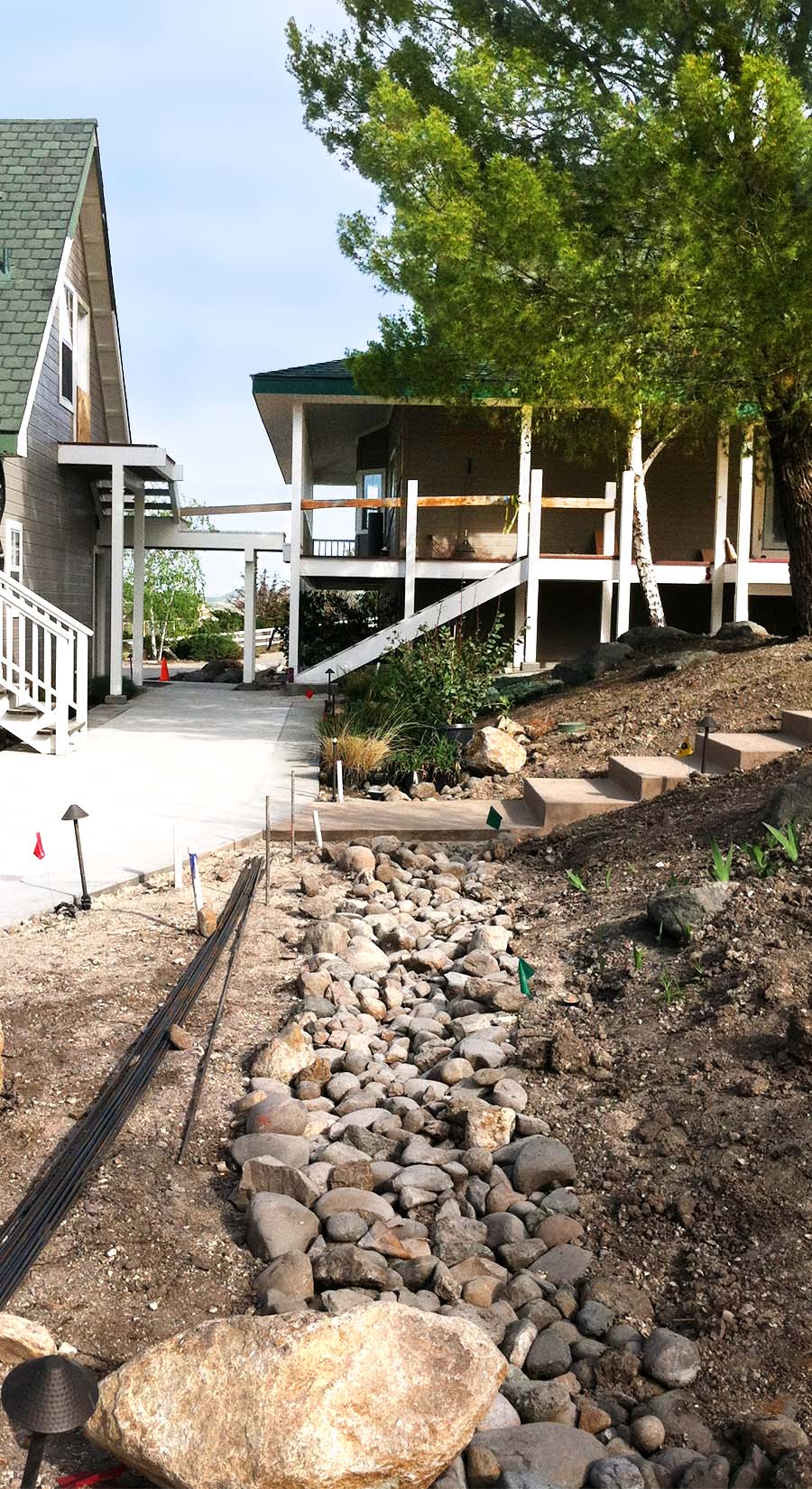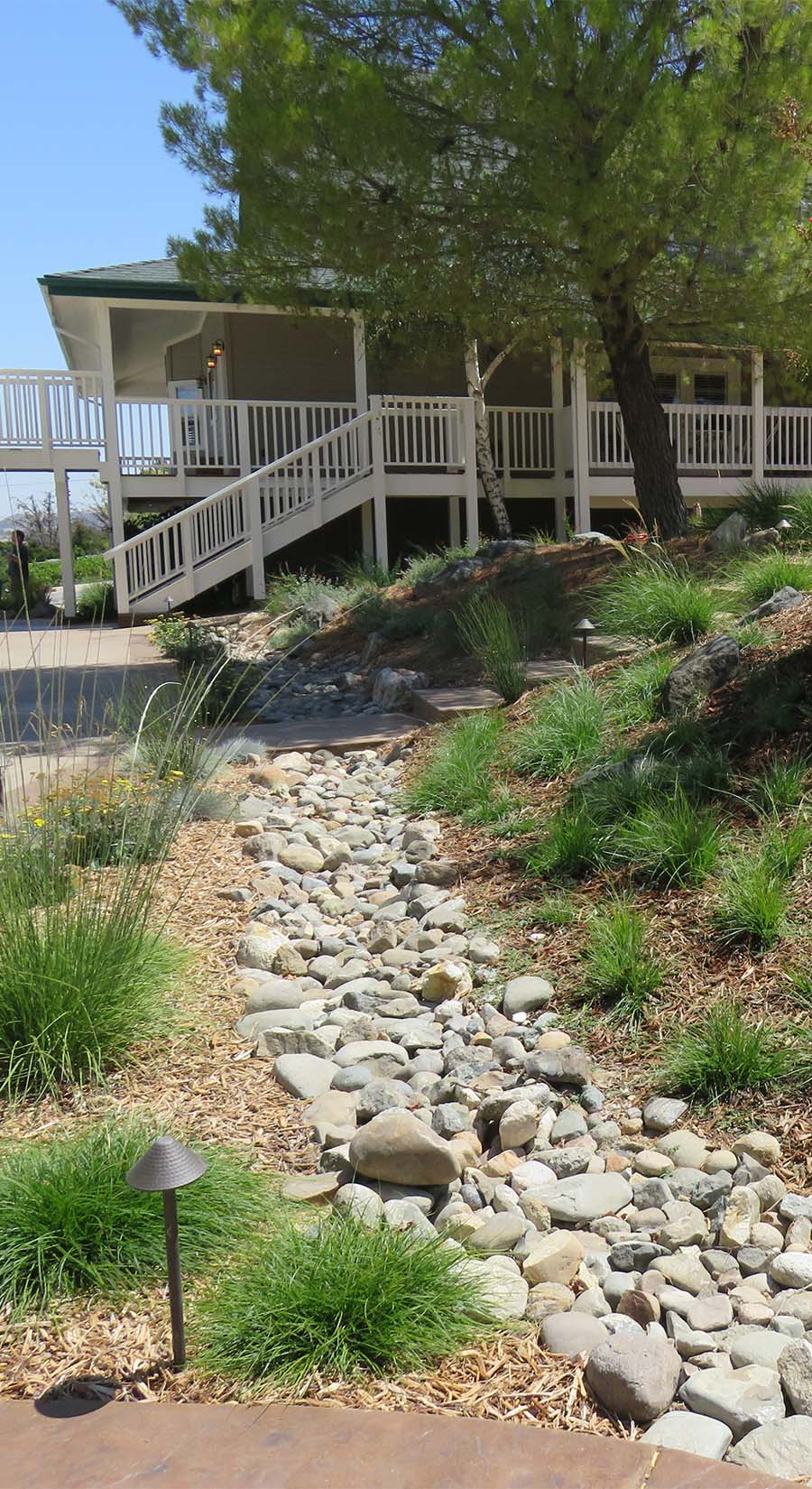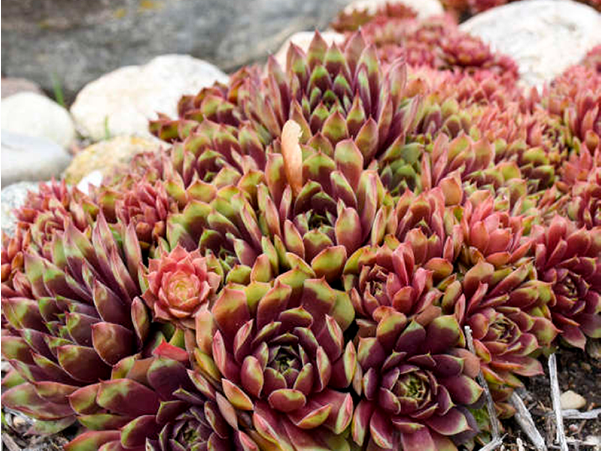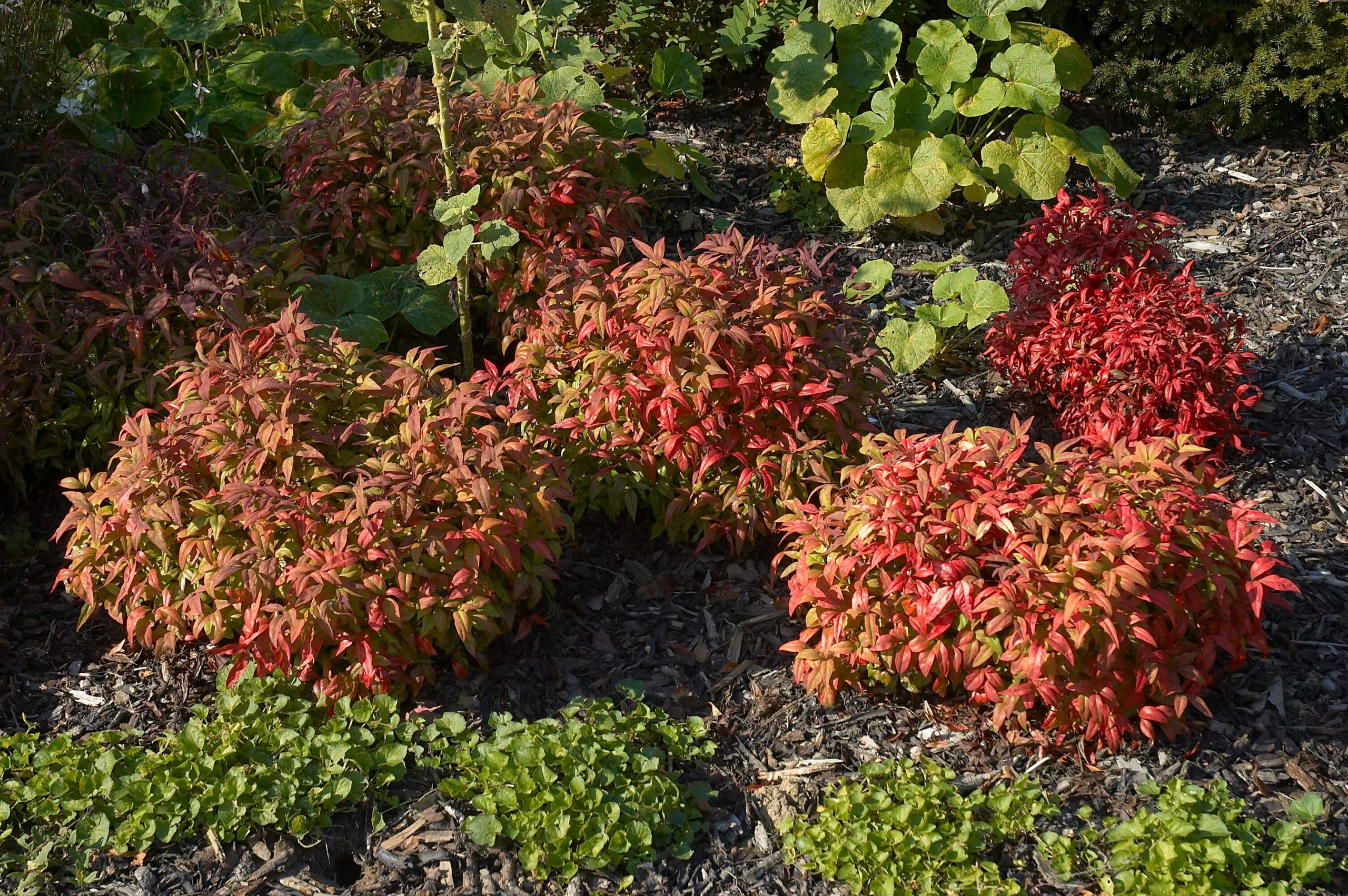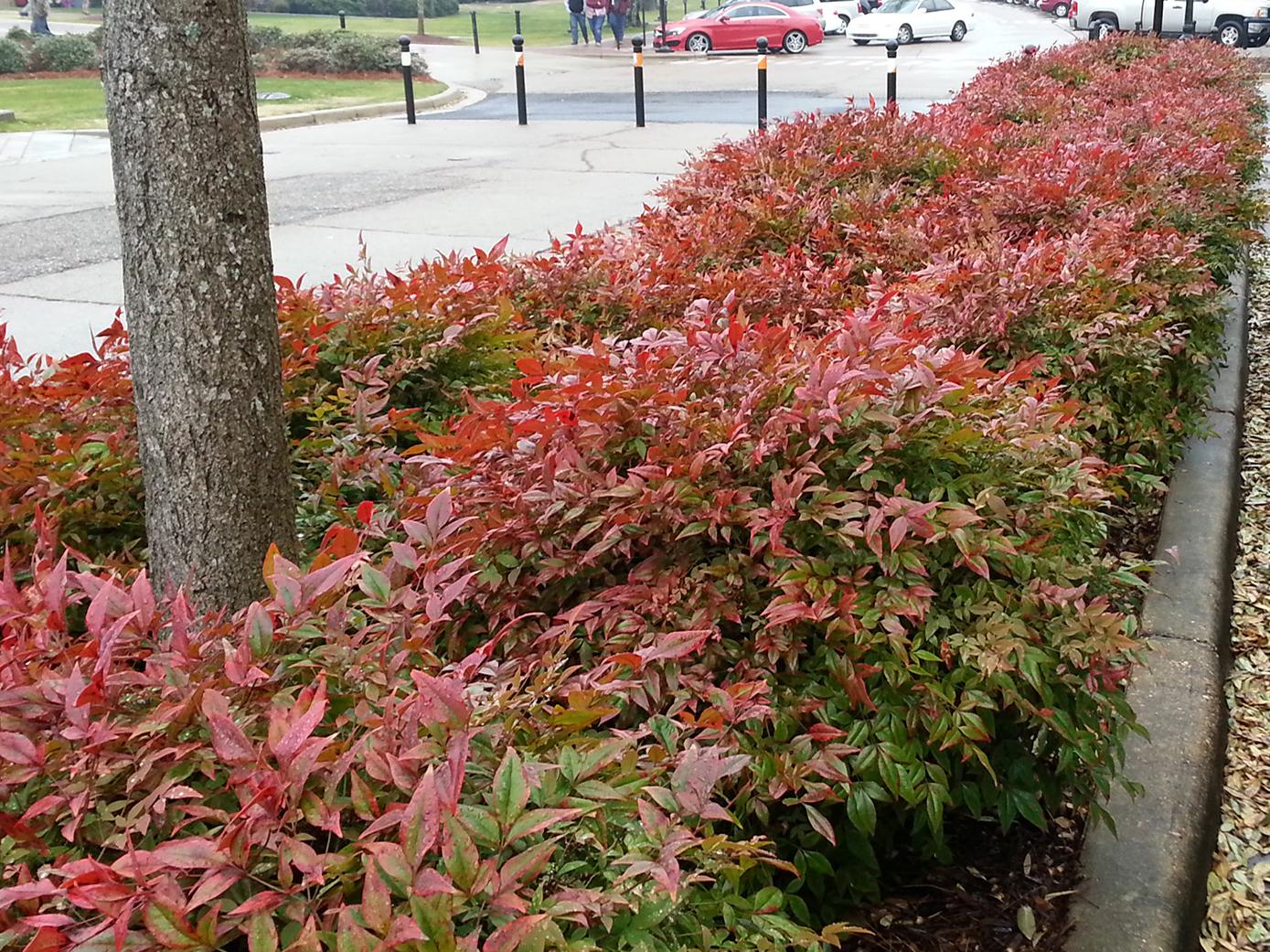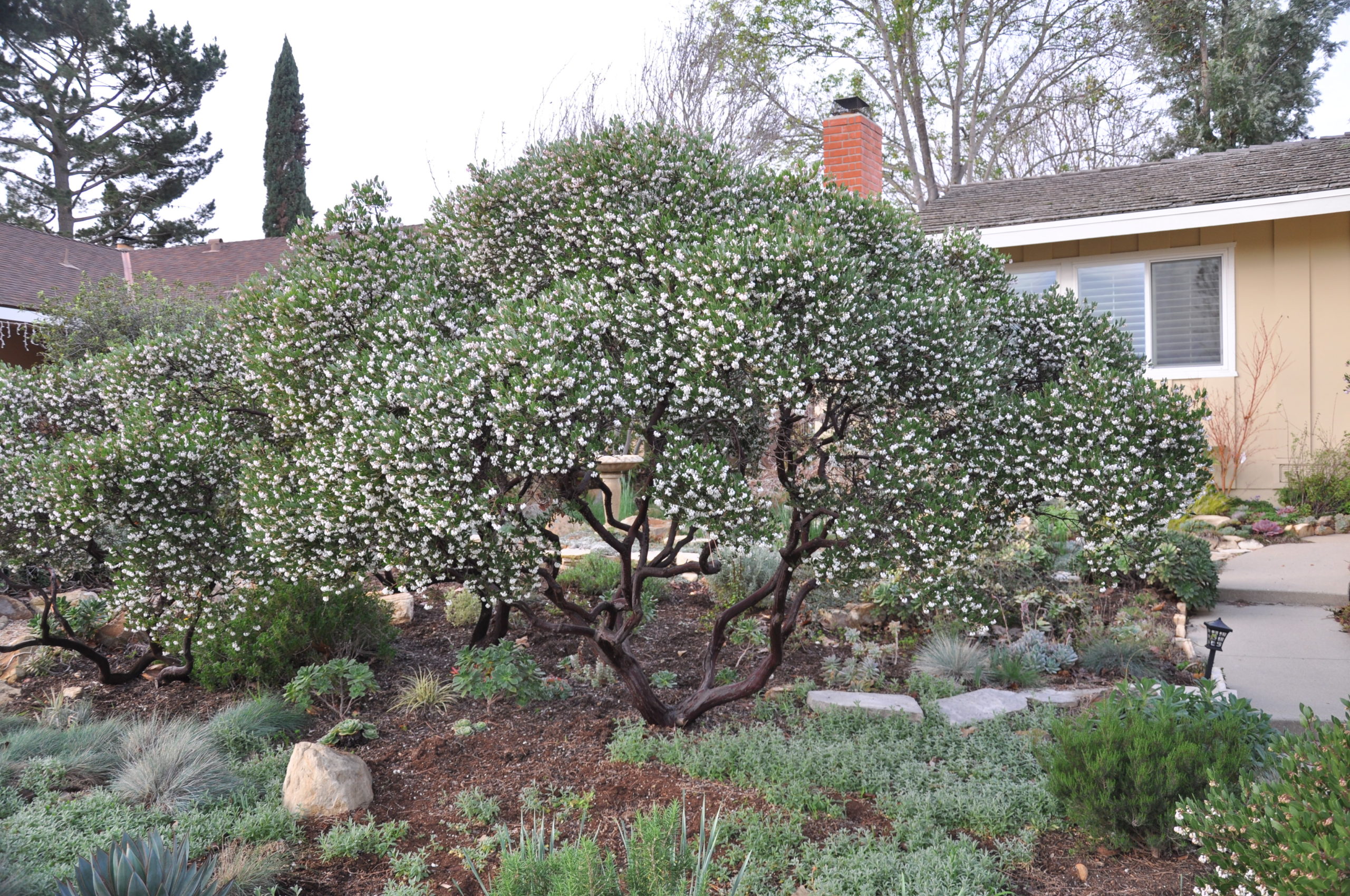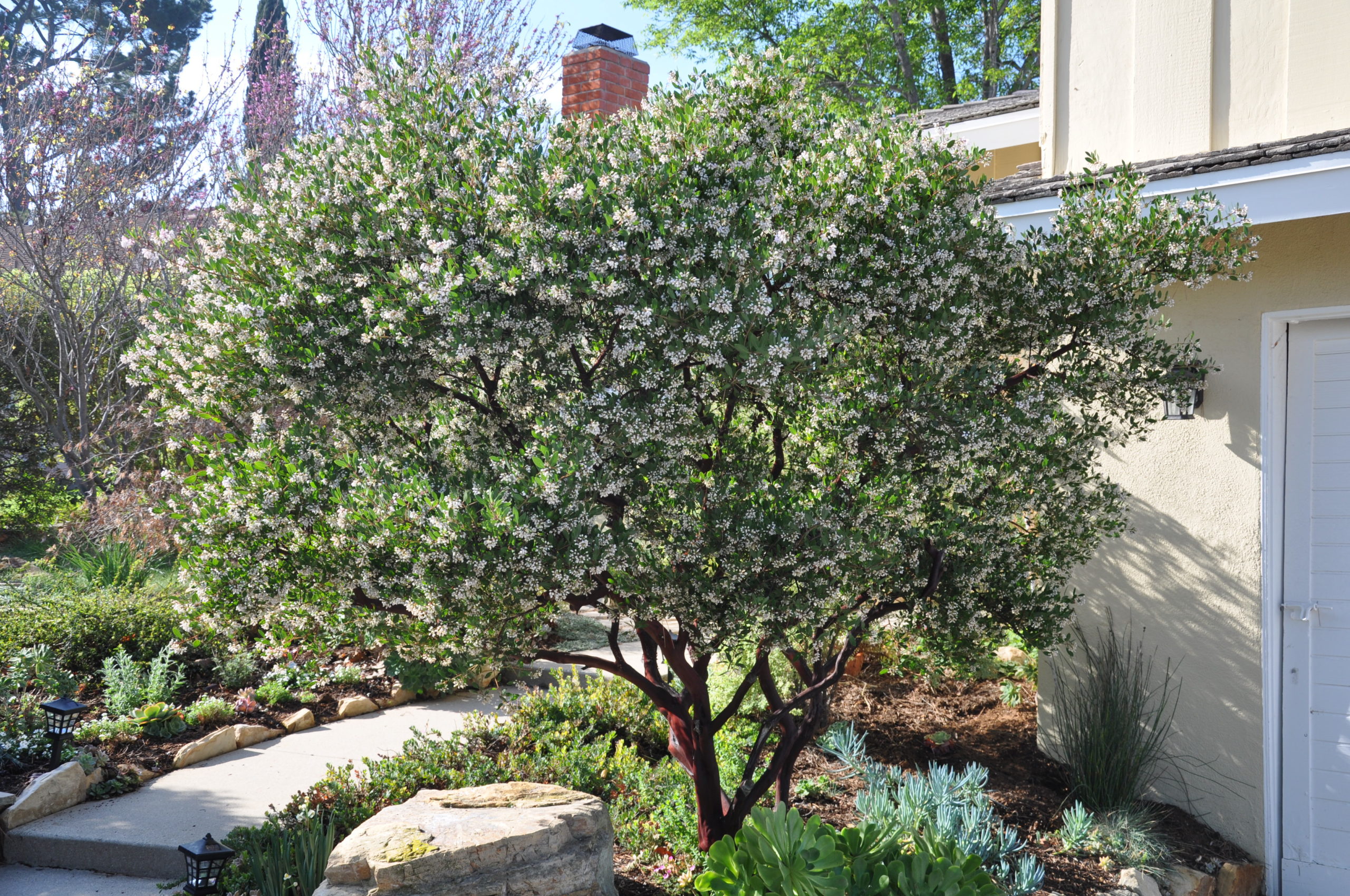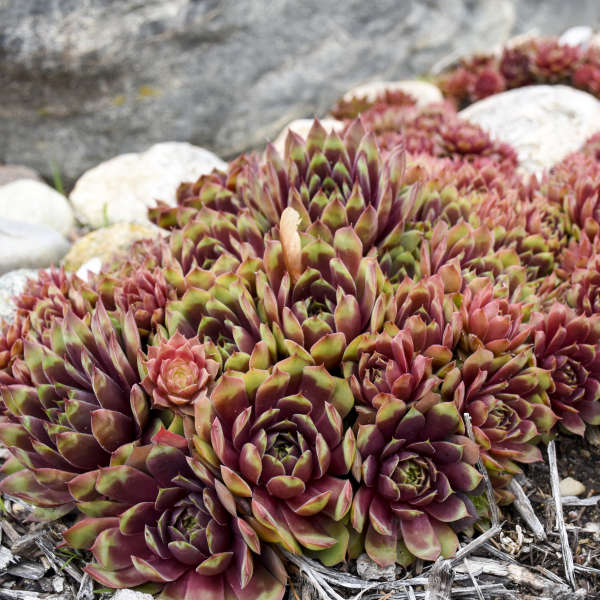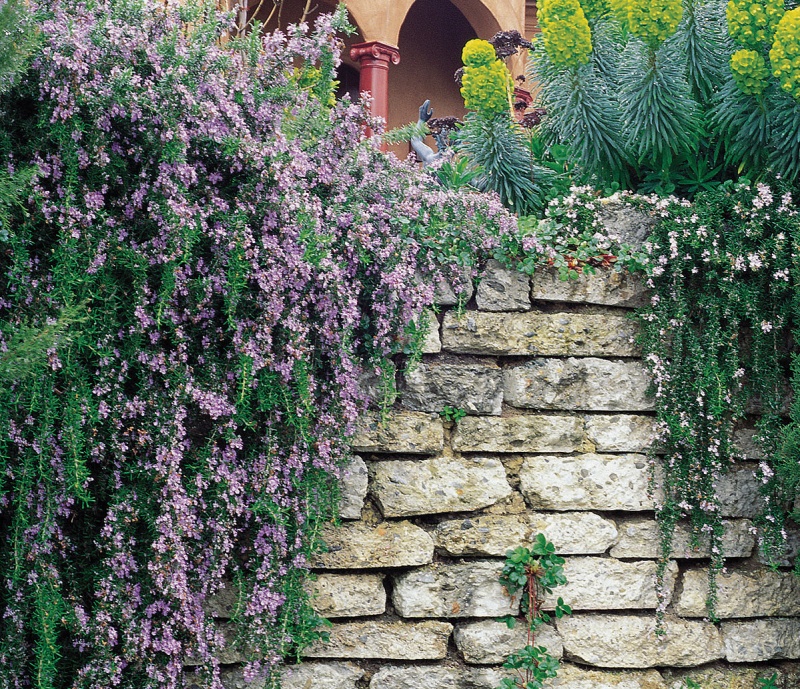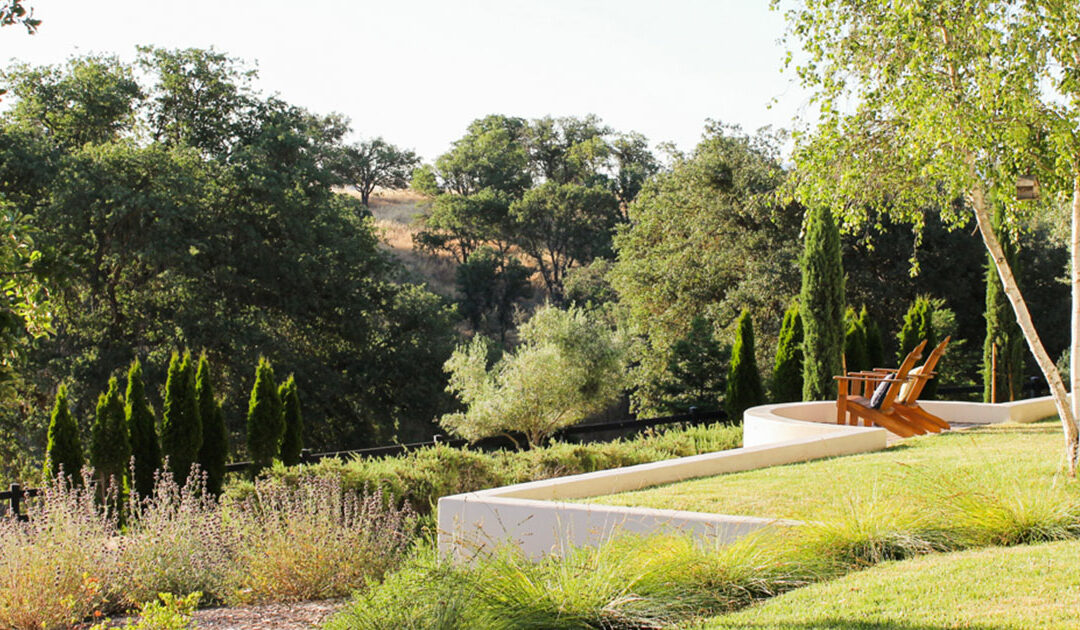
Apr 10, 2024
Bring the Mediterranean Magic to Your Central Coast Landscape This Spring!
Spring has sprung on the Central Coast, and with it comes the urge to refresh and revitalize your outdoor space. Here at Madrone Landscape, we understand your desire to create a beautiful and flourishing California haven.
Did you know that our region shares a unique climate with several other parts of the world? This “Mediterranean climate,” characterized by mild, wet winters and warm, dry summers, is found in California, Central Chile, the Mediterranean Basin, South Africa’s Cape Region, and Southwestern Australia. This common thread opens a door to a world of stunning plant possibilities for your Central Coast garden.
Why Consider Mediterranean Plants?
- Climate-Smart: Plants from these regions are naturally adapted to thrive in conditions similar to ours, requiring less maintenance and water.
- Year-Round Beauty: Many Mediterranean plants boast vibrant flowers and attractive foliage, extending the visual interest of your landscape throughout the year.
- Unique Selection: Explore a diverse range of plants beyond the typical California natives, adding a touch of the exotic to your garden.
5 Eye-Catching Mediterranean Plants for Your Spring Landscape
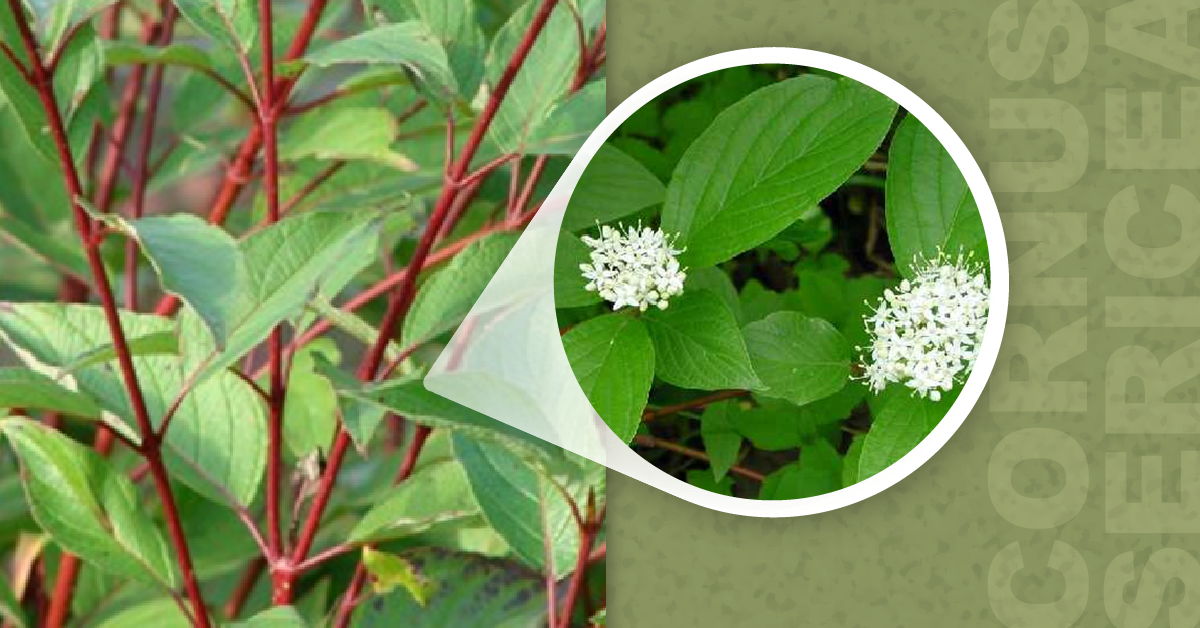
1. California Native Cornus sericea (Creek Dogwood)
- Eye-catching Feature: Vibrant red stems that add winter interest.
- Growth Habit: Deciduous shrub, reaching 8-12 feet tall and wide.
- Blooms: Clusters of creamy white flowers in spring and summer.
- Light Preference: Partial shade.
- Water Needs: Moderate watering, especially during dry months.
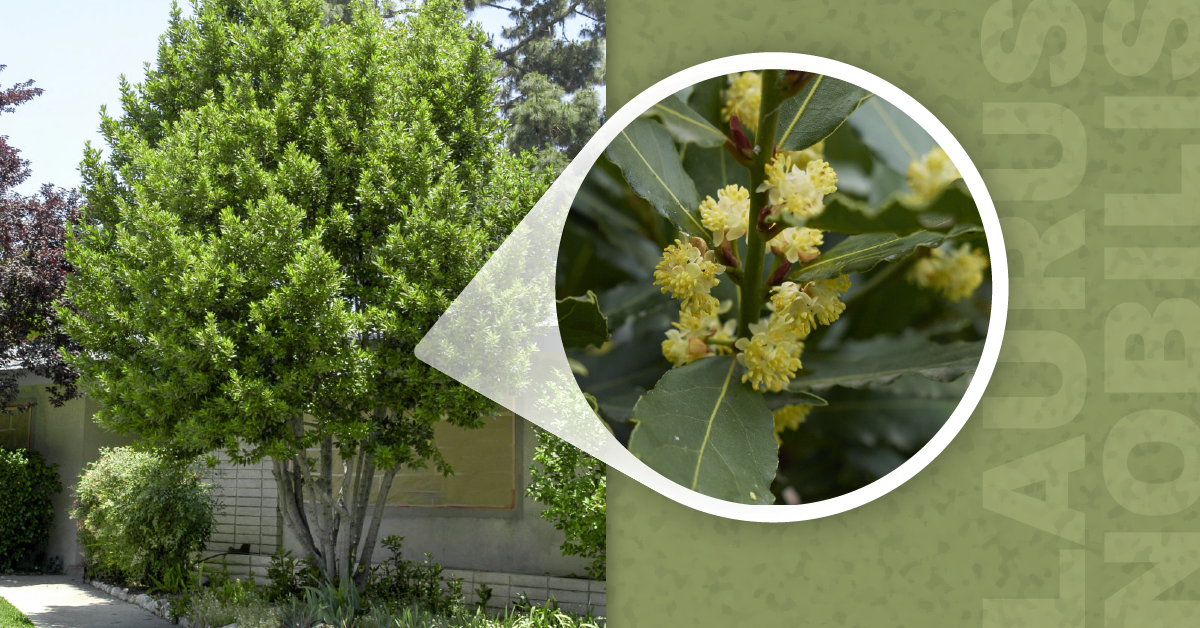
2. Mediterranean Basin – Laurus nobilis (Sweet Bay)
- Perfect For: An aromatic evergreen tree with culinary uses.
- Growth Habit: Reaches 20-30 feet tall and 20 feet wide.
- Blooms: Small yellow flowers in spring, followed by deep purple berries.
- Deer Resistant? Yes!
- Water Needs: Low water user once established.
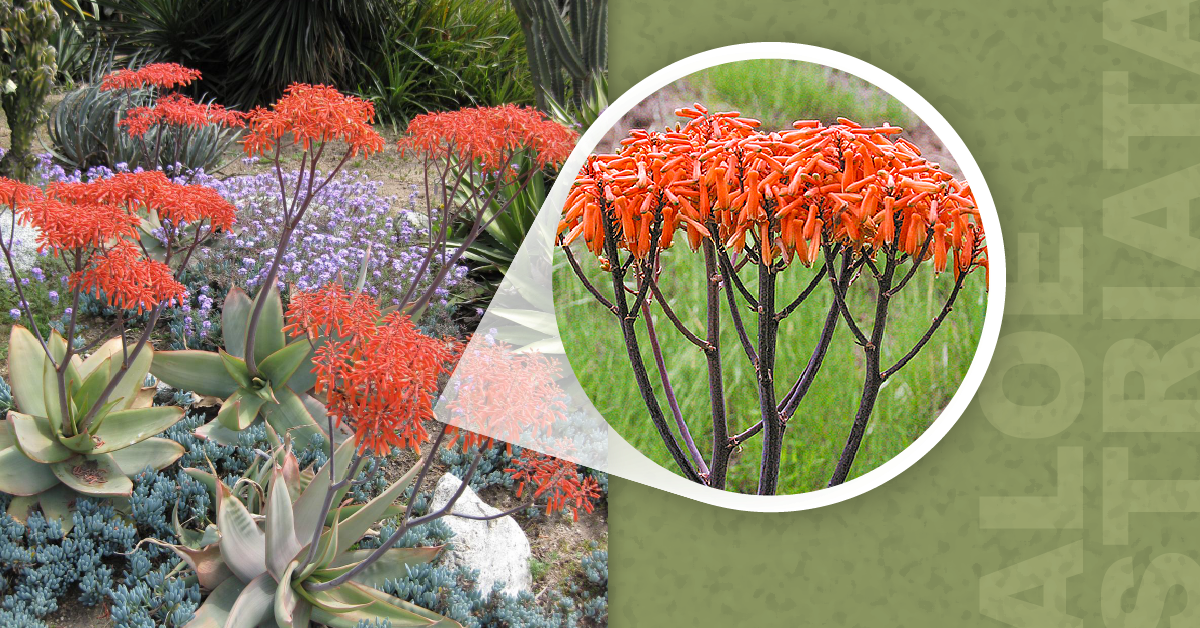
3. South Africa – Aloe striata (Coral Aloe)
- Standout Feature: Brilliant coral-pink to orange flowers in spring.
- Growth Habit: Succulent with a 2-foot-wide rosette of broad, pale green leaves.
- Light Preference: Full sun.
- Water Needs: Minimal water required.
- Attracts: Hummingbirds.
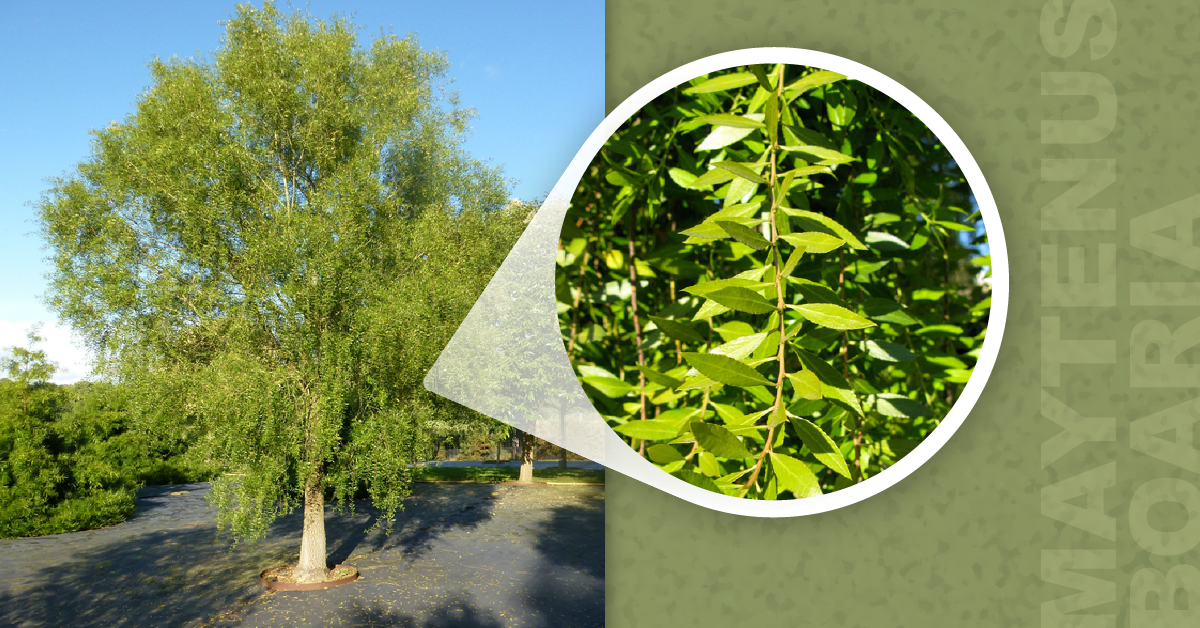
4. Central Chile – Maytenus boaria (Maytens Tree)
- Unique Characteristic: Graceful weeping form with light green, evergreen foliage.
- Growth Habit: Small tree reaching over 30 feet tall.
- Blooms: Tiny, inconspicuous spring flowers.
- Light and Water: Full sun and ample summer water.
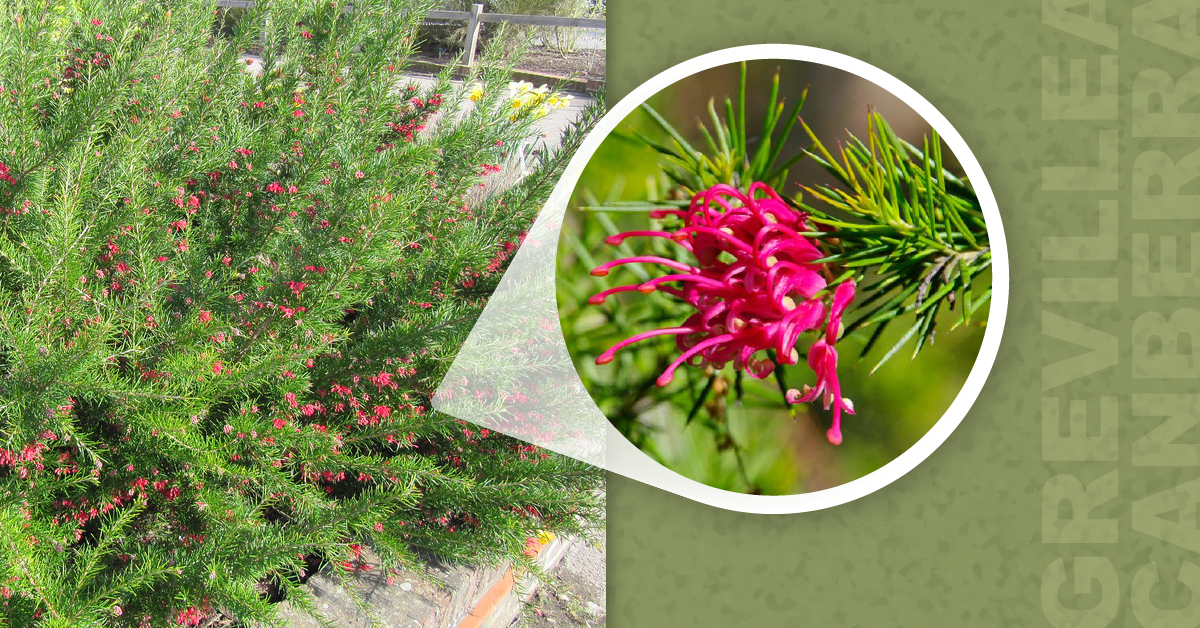
5. Southwestern Australia – Grevillea ‘Canberra Gem’ (Spider Flower)
- Multi-Functional: Provides beauty and acts as a barrier plant.
- Growth Habit: Shrub reaching 8 feet tall and 12 feet wide.
- Blooms: Red flower clusters starting in early spring and blooming intermittently.
- Attracts: Butterflies and birds.
- Water Needs: Occasional deep soakings, prefers good drainage.
Ready to Breathe Life into Your Landscape?
The experts at Madrone Landscape can help you design and create a flourishing California-Mediterranean paradise. Contact us today for a consultation and let’s transform your outdoor space into a stunning oasis! Email [email protected] or call (805) 466-6263.
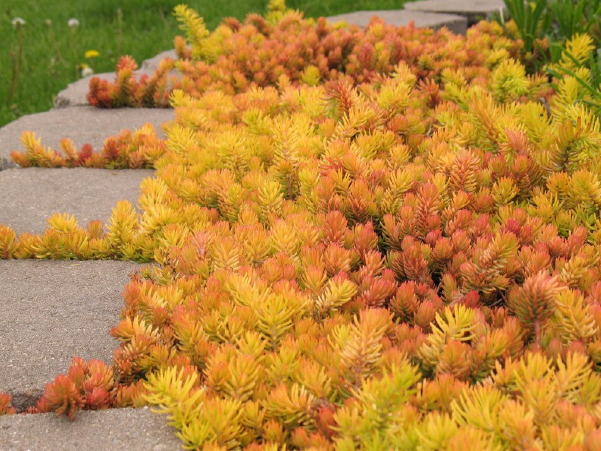
Nov 6, 2023
Autumn Brilliance: Elevate Your Central Coast Landscape with Seasonal Color
Embrace the cooler season on the Central Coast with a vibrant autumn landscape. The shift to fall brings a flourish of foliage that turns your garden into a canvas of warm colors. Madrone Landscape specializes in plants that promise a vivid display as the temperatures drop. Let’s explore our top picks that guarantee a vibrant autumn landscape.
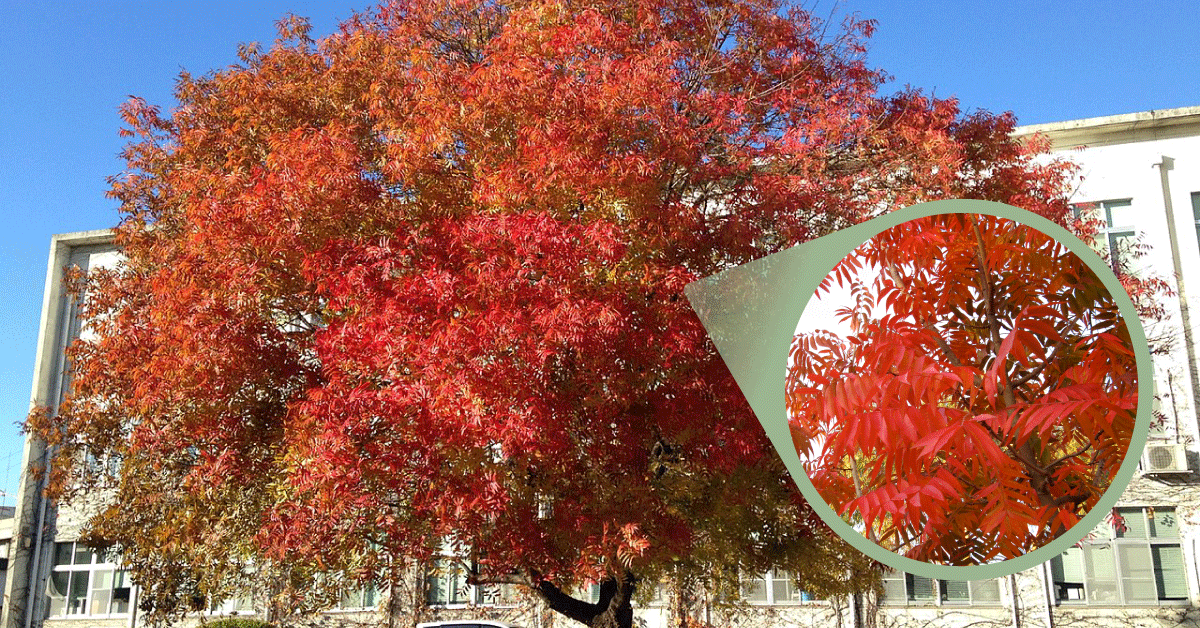
Chinese Pistache (Pistacia chinensis)
Thriving in sunny spots, the Chinese Pistache shines with drought-resistant qualities. As temperatures dip, its foliage erupts into a fiery blend of orange and red hues. The tree’s October berries are a gift to the local wildlife, while its balanced, symmetrical form makes for an exquisite focal point in any garden.
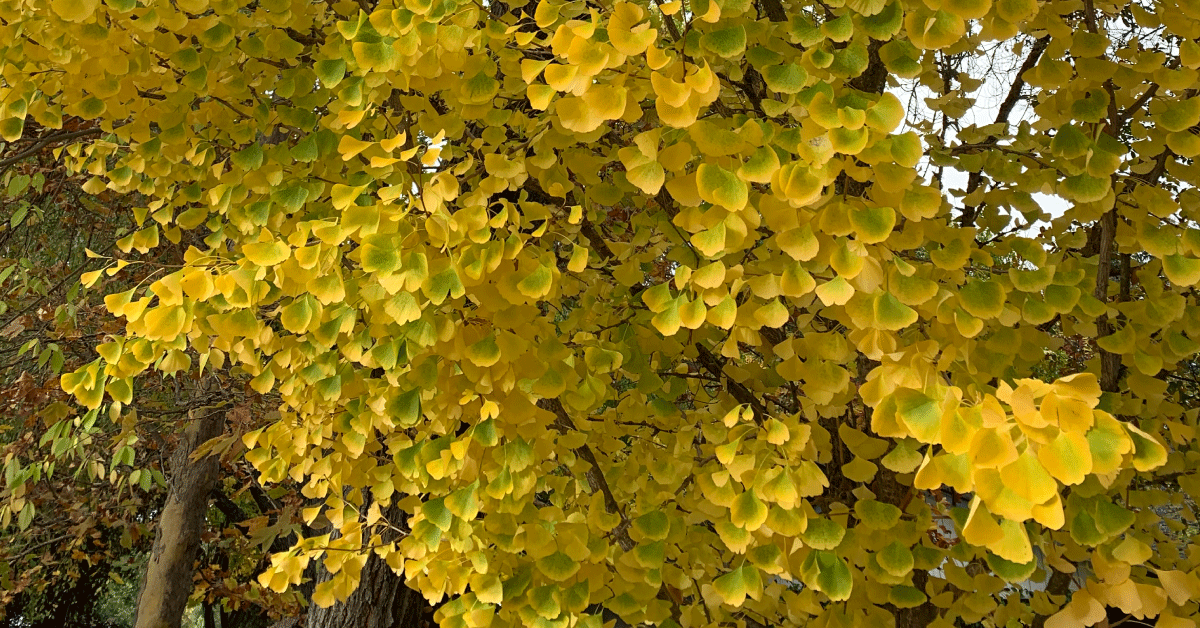
Maidenhair Tree (Ginkgo biloba “Autumn Gold”)
With fan-shaped leaves that turn a luminous yellow, the Ginkgo biloba “Autumn Gold” becomes the highlight of a vibrant autumn landscape. This tree’s golden foliage creates a stunning contrast, especially when paired with the fiery backdrop of other autumnal shades.
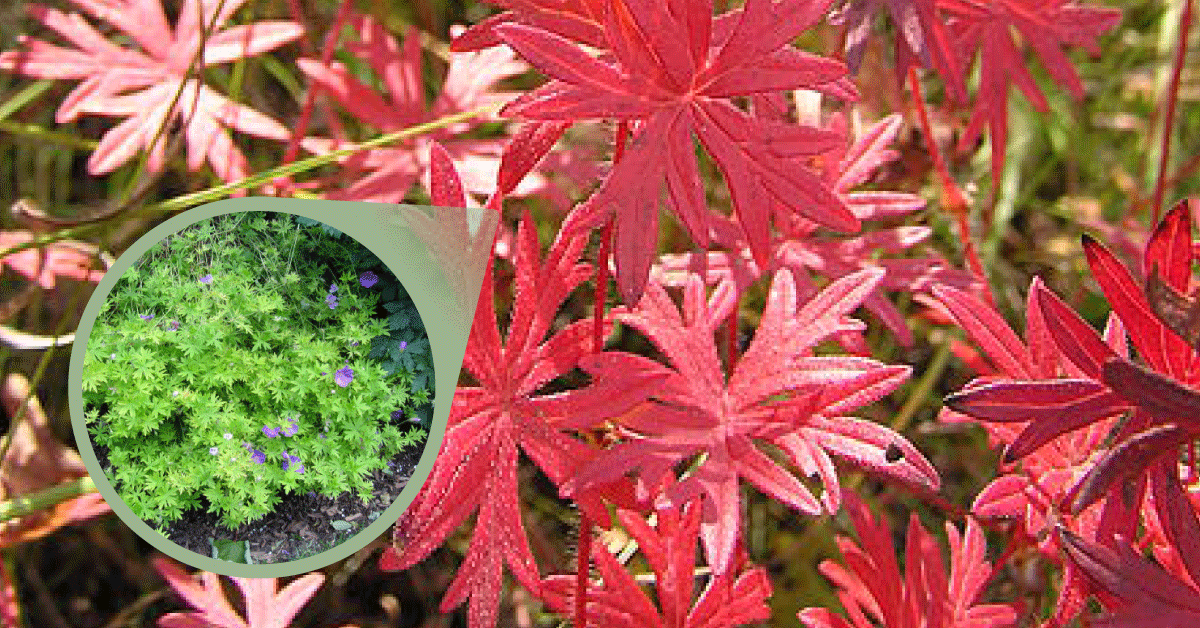
Bloody Geranium (Geranium sanguineum)
Beyond its vibrant magenta blooms in the warmer months, the Bloody Geranium’s foliage takes on a crimson coloration in fall, living up to its name. Its delightful leaf shape offers a bushy accent or a sprawling ground cover that keeps your garden lively through the seasons.
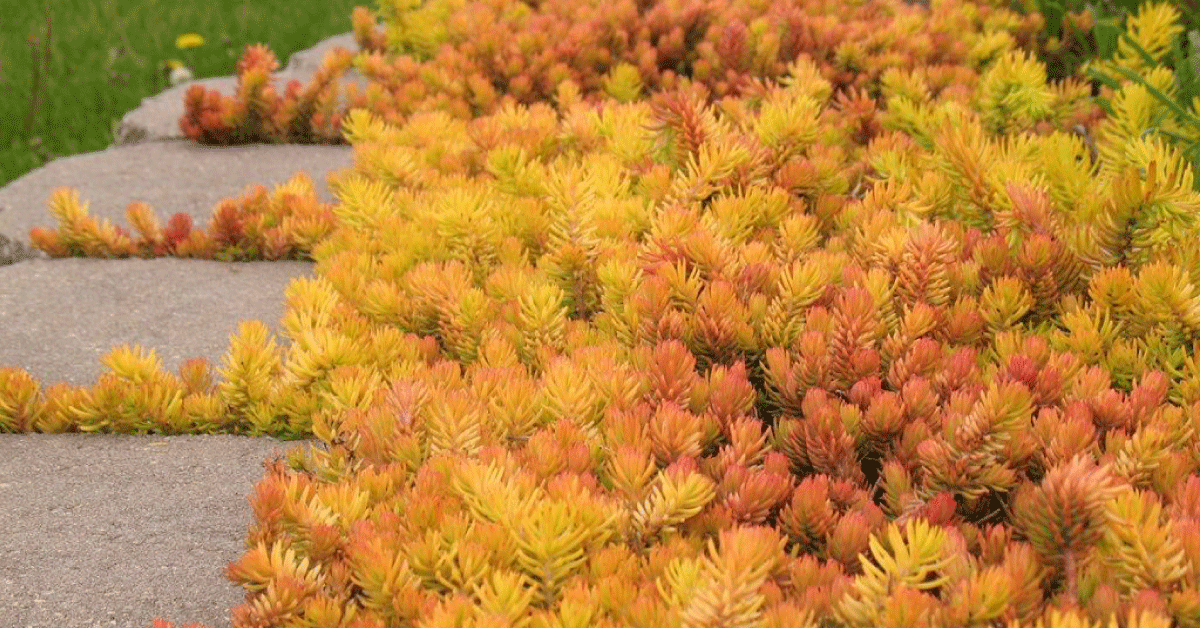
Golden Stonecrop (Sedum reflexum “Angelina”)
This resilient succulent maintains a sunny disposition year-round, which intensifies into a rich gold with the chill of fall. Ideal for rocky soils, Golden Stonecrop is a fuss-free choice that keeps gardens bright and weed-free.
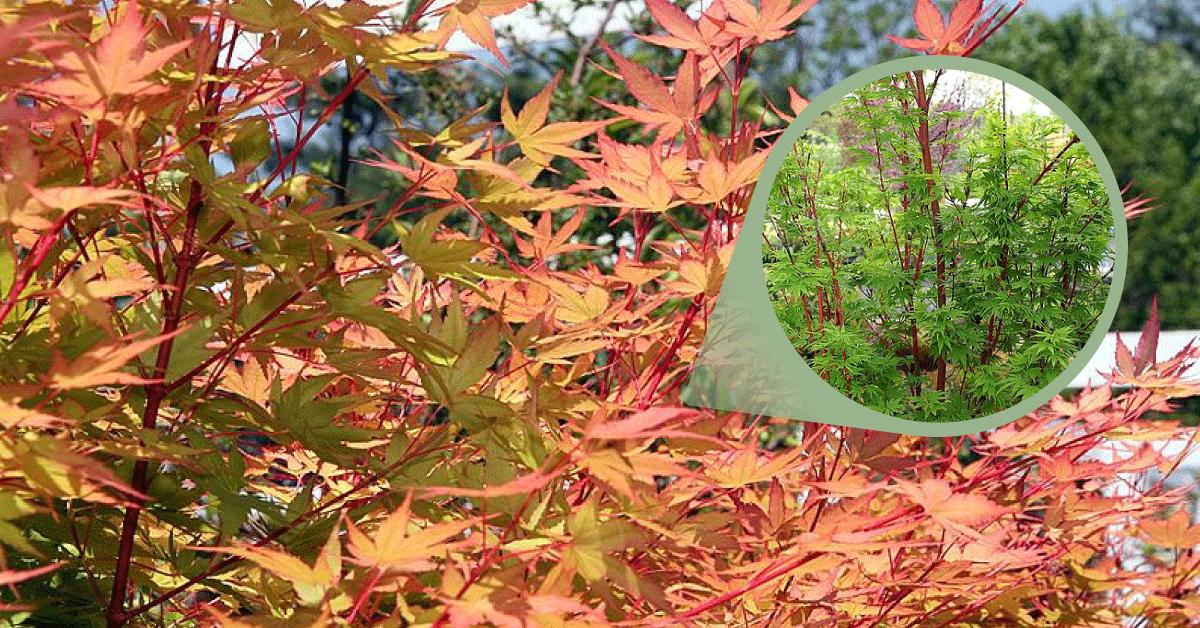
Coral Bark Japanese Maple (Acer palmatum “Sango Kaku”)
A twist on the beloved Japanese Maple, the ‘Sango Kaku’ variety captivates with its seasonal transformation. Lime-green leaves yield to golden tones and fall away to unveil a stunning red bark, providing a dramatic backdrop throughout the colder months.
Ready to elevate your landscape with these autumnal beauties? Reach out to our design team at Madrone Landscape at [email protected] or call us at (805) 466-6263 for a consultation. Transform your space into a seasonal spectacle.
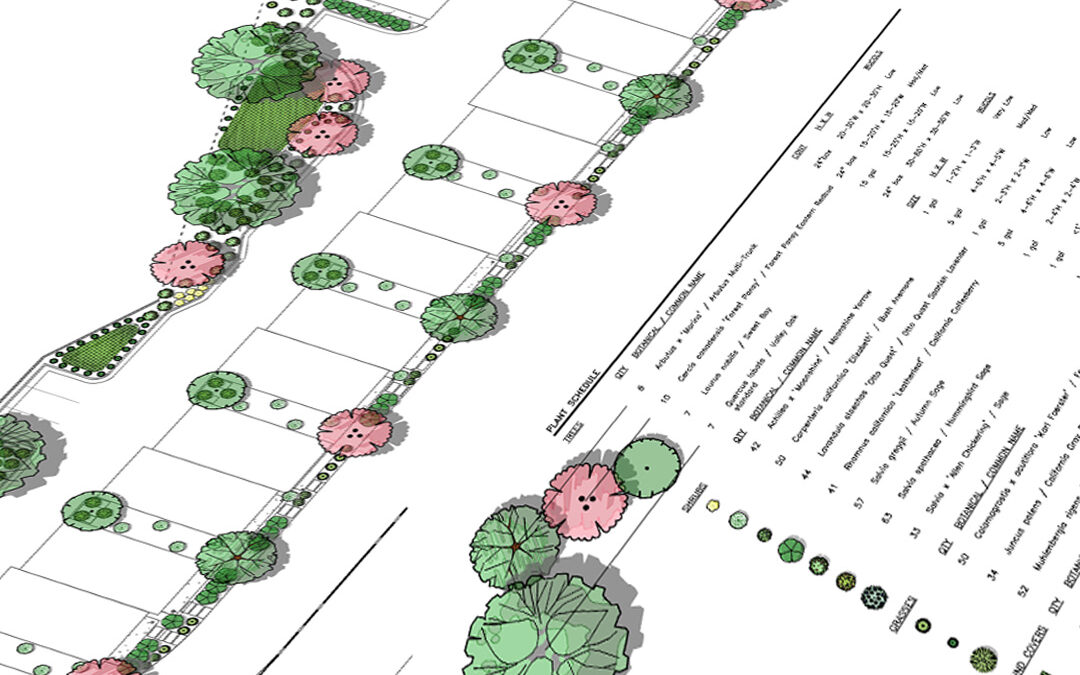
Oct 18, 2023
Landscape Design in Templeton, CA
Nestled on the scenic slopes above Toad Creek in Templeton, CA, Toad Creek Terrace is a multi-family residential project that effortlessly marries cutting-edge design with environmental consciousness. Our mission at Madrone Landscape was to provide a landscape design that not only complements the native surroundings and also meets state water-use guidelines.
Water-Smart Design
Understanding California’s water conservation landscape, our irrigation strategy for Toad Creek Terrace was meticulously crafted to be efficient. We utilized advanced calculations to create an irrigation system that meets or even exceeds state regulations, without sacrificing the integrity of the design.
Harmonizing with Nature
Our planting plan for Toad Creek Terrace was created with an awareness of the project’s unique geographical settings. To harmonize with the local flora, especially the native oak trees, we integrated a palette of native and Mediterranean plants. This allows us to offer a modern aesthetic while preserving the natural feel of the surrounding area.
Toad Creek Terrace stands as a compelling example of how innovative design can be married with environmental consciousness. We are delighted with the final outcome—a sustainable, low-maintenance landscape that resonates with both residents and the natural surroundings.
If you’re a residential or commercial property owner in the California Central Coast looking to elevate your outdoor spaces, we at Madrone Landscape are here to bring your vision to life. Don’t hesitate to contact us for any landscaping services at [email protected] or give us a call at (805) 466-6263.
